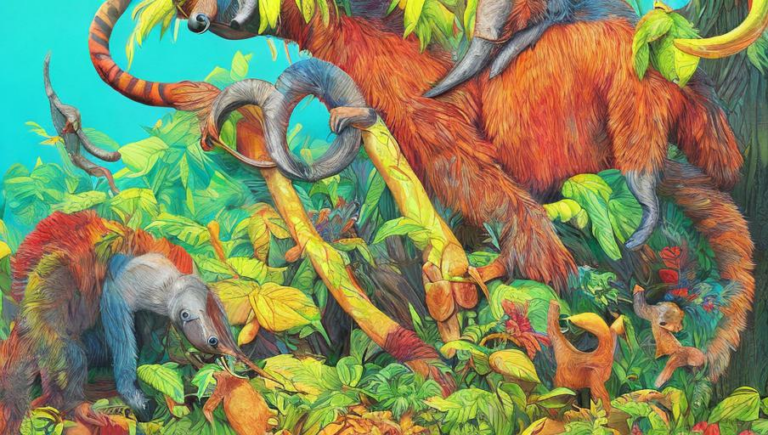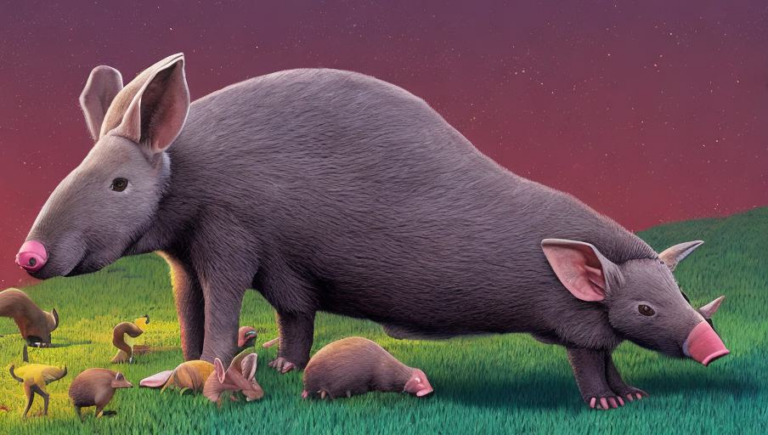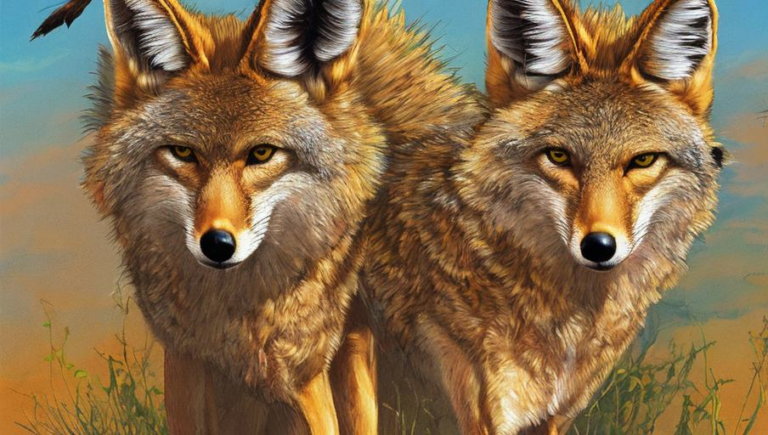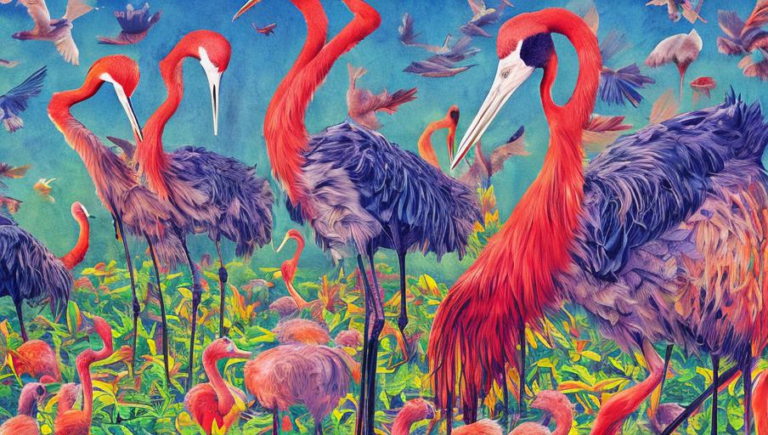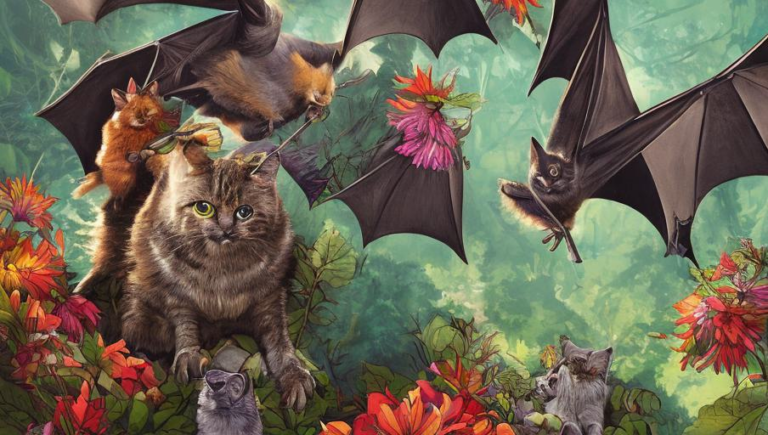Fighting for Survival: Deer in the Wild
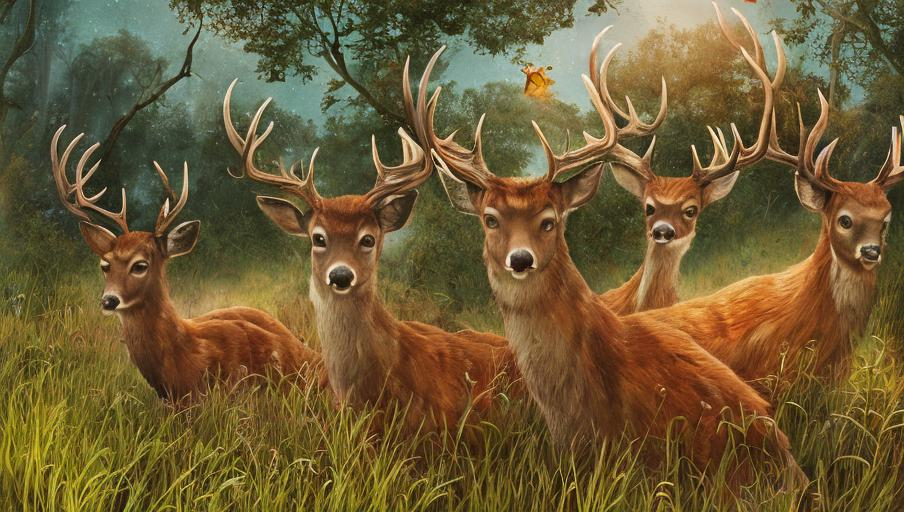
Introduction
Deer are an integral part of many ecosystems, providing food and shelter to other animals, keeping the environment in check, and playing a critical role in the overall balance of nature. Unfortunately, deer populations are facing a number of threats, from habitat destruction to climate change to hunting. It’s imperative that we do everything we can to protect these majestic creatures and ensure their survival in the wild.
Deer Habitat Destruction
One of the biggest threats to deer populations is the destruction of their habitats. As human development and urbanization increases, the natural habitats of deer are being destroyed or fragmented. This means that deer have less space to roam, making it more difficult for them to find food and water, and more difficult for them to find mates and reproduce. Additionally, the destruction of their habitats can lead to conflicts between deer and humans, as deer may wander into urban areas looking for food and shelter.
Climate Change
Climate change is another major threat to deer populations. Warmer temperatures can cause the deer to become more inactive, using more energy to regulate their body temperature and less energy for mating and foraging. Additionally, warmer temperatures can cause plants to die off, leading to a decrease in food sources for deer. Finally, extreme weather events, such as heavy rain and flooding, can cause deer to be displaced, leading to a decrease in their population.
Hunting
Hunting is another major threat to deer populations. While some hunting is necessary to manage deer populations, overhunting can lead to a decrease in their numbers. Hunting can also lead to a decrease in genetic diversity, as hunters tend to target the largest and strongest deer. This can lead to a decrease in the overall health of the population, as genetic diversity is important for the long-term survival of a species.
Conservation Efforts
It’s important that we take steps to protect deer and their habitats. This includes creating and enforcing laws that limit hunting and habitat destruction, as well as creating wildlife sanctuaries and protected areas for deer. Additionally, educating the public about the importance of deer and their habitats can help to ensure that these creatures continue to survive in the wild.
Conclusion
Deer are an important part of many ecosystems and it’s essential that we do everything we can to protect them and ensure their survival in the wild. Through conservation efforts, such as creating and enforcing laws that limit hunting and habitat destruction, as well as creating wildlife sanctuaries and protected areas, we can help to ensure the survival of these majestic creatures.
